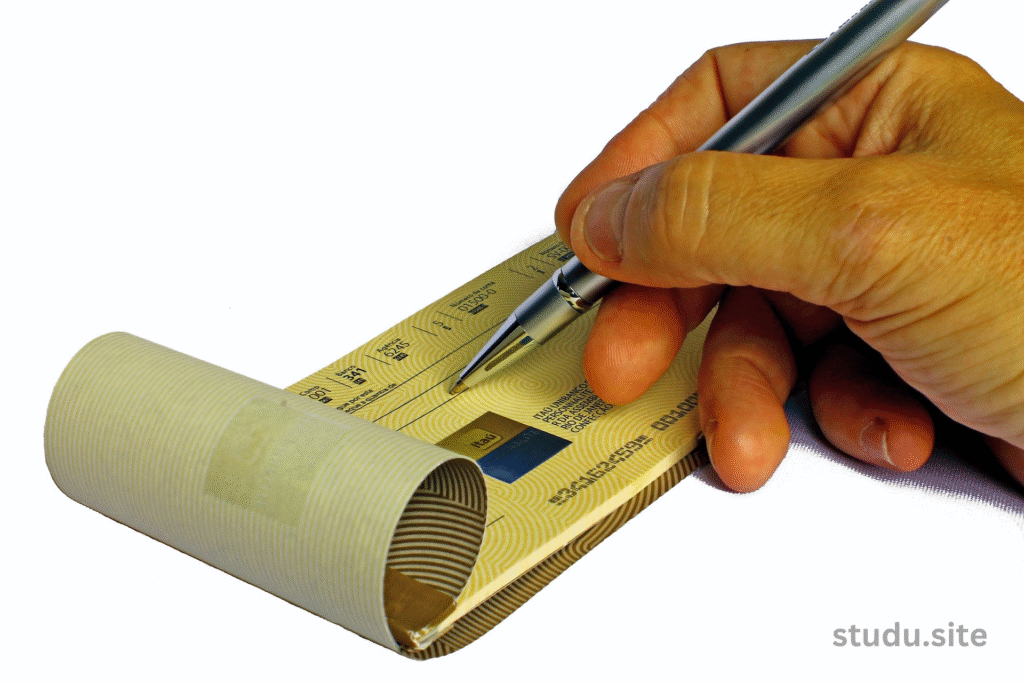Introduction to the $5,000 DOGE Check Hype
The hype about a “$5,000 DOGE check” has run through the United States, bringing excitement with taxpayers awaiting a good refund from the Department of Government Efficiency (DOGE). Suggested by Azoria CEO James Fishback and originally supported by Elon Musk and President Donald Trump, the proposal—referred to as the “DOGE Dividend”—presents the promise to hand out 20% of DOGE’s federal reserves as a $5,000 payment to taxpaying families. Yet, with minimal savings, no congressional endorsement, and economic worries, the checks are speculative as of June 16, 2025. This blog post discusses the proposition’s background, eligibility, obstacles, public opinion, and what’s next, offering an unambiguous view on whether taxpayers can look forward to this windfall.

The Birth of the $5,000 DOGE Check Proposal
The $5,000 DOGE check concept was initially proposed on Feb. 18, 2025, when James Fishback tweeted on X that 20% of DOGE’s estimated $2 trillion in savings be paid out as a $5,000 tax refund to the 78 million taxpayer households. Elon Musk, who was currently leading DOGE, replied, “Will check with the President,” while Trump declared it a “great idea” in a speech at the FII Priority Summit in Miami. Fishback’s four-page plan contended that the refund, which would be paid only with the savings of DOGE, would encourage Americans to report waste within the government and distribute another 20% to pay down the $35.5 trillion national debt.
DOGE, the official U.S. DOGE Service Temporary Organization, was created by Trump’s executive order on 20 January 2025 for reducing federal outlays, deregulation, and government modernization. The proposal of the $5,000 check gained prominence as means of making DOGE’s mission a reality, but savings by the agency of $175 billion by May 2025—well short of the $2 trillion goal—have called its feasibility into question.
Who Would Receive the $5,000 DOGE Check?
The suggested DOGE check would be restricted to “net-payers of federal income tax”—families that pay more in taxes than they get in federal benefits. The Pew Research Center finds this leaves out most Americans who make less than $40,000 a year since they usually owe no federal income tax after deductions and credits. Fishback stressed that focusing on net taxpayers mitigates inflation threats since such families are likely to save instead of spend the payment.
It would be paid per household, not per person, and would include Social Security beneficiaries who reach income tax levels. Based on DOGE’s current reserves of $175 billion, the 20% solution would amount to a payment of roughly $2,200 per household, far less than the $5,000 target. This shortfall has triggered criticism, with some suggesting the plan unduly omits poor Americans.
Giant Obstacles for the $5,000 DOGE Check
The $5,000 DOGE check is met with several compelling hurdles:
Congressional Approval
Payment of any sort demands congressional approval, and to date, no bill has been proposed as of June 2025. House Speaker Mike Johnson showed reluctance, mentioning the $36 trillion federal debt and the need for fiscal responsibility. Elaine Kamarck of the Brookings Institution pointed out that the expenditure without the approval of Congress is unlawful.
Limited Savings
DOGE’s asserted $175 billion in savings are but a portion of the $2 trillion objective, amounting to about $430 per household on Fishback’s equation. Bloomberg estimates even lower savings at $8.6 billion, or $21.50 per household. The Partnership for Public Service estimates DOGE’s actions to have cost $135 billion through lawsuits and lost productivity.
Inflation Risks
Economists caution that dispersing billions could spark renewed inflation, akin to COVID-19 stimulus payments, which caused a 9% high in 2022. Fishback contends that focusing on net taxpayers and paying for checks with savings lessens this threat, yet experts such as Mark Zandi are hesitant.
Leadership Shift
Elon Musk resigned from DOGE in late May 2025 because of a 130-day time limit for special government employees, dampening the proposal’s momentum. Acting administrator Amy Gleason does not have the public stature to carry it forward.
Scams and Disinformation
Phishing letters and scam PACs, such as one associated with Karoline Leavitt, have taken advantage of the buzz, offering non-existent checks to get people to send money. The Treasury Department and the IRS issued no formal announcements, but they advised caution.
Economic and Political Landscape
The proposal for a $5,000 DOGE check comes at a time of economic hardship, with a 3% inflation rate in January 2025 and $36 trillion in national debt. Trump’s policies of tariffs and deportations might stress the economy further, making stimulus checks dangerous. Financial literacy teacher Alex Beene explained to Newsweek that checks would not come unless there was debt and no pandemic-level crisis, and proposed tax cuts as a more realistic option.
Politically, the plan split lawmakers. A J.L. Partners survey found 46% strong approval, with 60% of Republicans and 39% of Democrats supporting it. No lawmakers have introduced bills, however, and Johnson’s eye-rolling dismissal at the 2025 Conservative Political Action Conference demonstrates conservative unease over fiscal irresponsibility. Republican campaigns have utilized the concept for fundraising, with messages suggesting Democrats wish to “stop your $5,000 checks,” regardless of no such policy in place.
Public Sentiment and Social Media Buzz
On X, sentiment about the $5,000 DOGE check ranges from excitement to frustration. Users like @Mr_Derivatives speculated that recipients might invest the funds in risky options trading, while @HustleBitch_ falsely claimed the checks were “confirmed.” Others, like @RonFilipkowski, expressed doubt, stating, “I don’t think we’re getting those $5,000 DOGE checks.” The proposal’s viral spread, driven by a TikTok video claiming up to $8,000, has fueled search trends, with “DOGE checks” briefly outpacing “tax refunds.”
Current Status and Future Prospects
As of June 16, 2025, the $5,000 DOGE check is still a proposal without legislative action. NewsNation reported Fishback as saying he’s confident there will be a bill coming up, but that follows meetings with legislators and endorsements from Trump, Musk, and economist Kevin Hassett. Trump’s emphasis on balancing the budget and the “One Big Beautiful Bill” indicates the checks are the least of priorities. DOGE’s website claims $175 billion in savings, but itemized is only $70 billion, calling into question accuracy.
Taxpayers need to watch official sites such as the IRS or doge.gov and steer clear of scams that offer payments. If defined as tax refunds, the checks would be nontaxable, but if they are considered dividends, they would be subject to federal taxes on income.
Conclusion
The $5,000 DOGE check idea has fascinated taxpayers with the prospect of a large refund, echoing DOGE’s goal of trimming waste and restoring faith in government. But with limited savings, no congressional backing, and economic uncertainties, the checks won’t be arriving anytime soon. Fishback’s vision is still tantalizing, but Musk’s exit and DOGE’s struggles underscore the disconnect between aspiration and reality. Keep up to date with credible sources and be wary of unverified reports as this saga continues.
